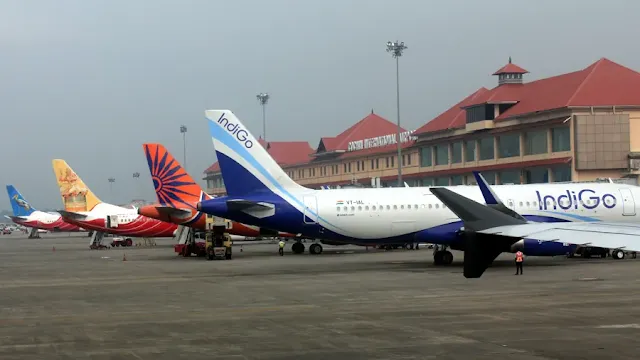Carrying Contact Lens Solution on India Domestic Flight?
Traveling can be hectic, and for those who wear contact lenses, there's an extra layer of preparation involved. Amid the hustle and bustle of packing, it’s easy to forget the little essentials that make your journey comfortable, especially when it comes to eye care. This guide serves as a handy refresher for what you need to keep in mind, from staying hydrated to the nuances of carrying contact lens solutions on domestic flights within India.
Understanding the Rules for Contact Lens Solution on Indian Flights
When it comes to air travel within India, the good news is that you can indeed bring contact lens solution onto planes. However, it’s not as simple as tossing your full-sized bottle into your carry-on. Here’s what you need to know:
TSA Regulations
While the Transportation Security Administration (TSA) rules are more commonly cited for US flights, similar guidelines are followed by Indian airport security, particularly regarding liquids. Liquids, gels, aerosols, creams, and pastes must be carried in containers with a maximum capacity of 100 milliliters (approximately 3.4 ounces). All such items should fit comfortably in a transparent, resealable plastic bag of a capacity not exceeding one liter.
Packing Tips
- Contact Solution: Ensure that your contact lens solution bottle does not exceed the 100 milliliter limit. It’s wise to purchase travel-sized bottles that meet these specifications.
- Spare Glasses: Always carry a spare pair of glasses. If you face any issues with your contacts, having your glasses can be a lifesaver.
- Protective Case: A sturdy case for your glasses and a separate case for your contacts are must-haves. These will protect your eyewear from damage during the rigors of travel.
- Rewetting Drops: Consider packing a small bottle of rewetting drops. These can help alleviate dryness, especially in the dry cabin environment.
Tips for Traveling with Contact Lenses
Beyond just carrying your contact lens solution, there are several tips to ensure a comfortable travel experience:
- Hydration: Air travel can dehydrate you, which in turn can dry out your contacts. Drink plenty of water before and during your flight to help keep both your body and eyes hydrated.
- Avoid Sleeping in Contacts: Unless your contacts are specifically designed for overnight wear, it’s a good practice to remove them during flights. The low humidity in the cabin can dry your contacts, making them uncomfortable.
- Destination Supplies: Check ahead if your destination has the necessary supplies such as contact lens solution or your preferred brand of rewetting drops. If not, make sure to pack enough to last your entire trip.
While the thought of packing and preparing for a flight can be daunting, a little preparation goes a long way, especially when it involves your eye health. Remembering these guidelines and tips can make your flight experience much smoother and your travel more enjoyable. So next time you're preparing to fly across India, just tick these items off your checklist and look forward to a comfortable journey ahead!









